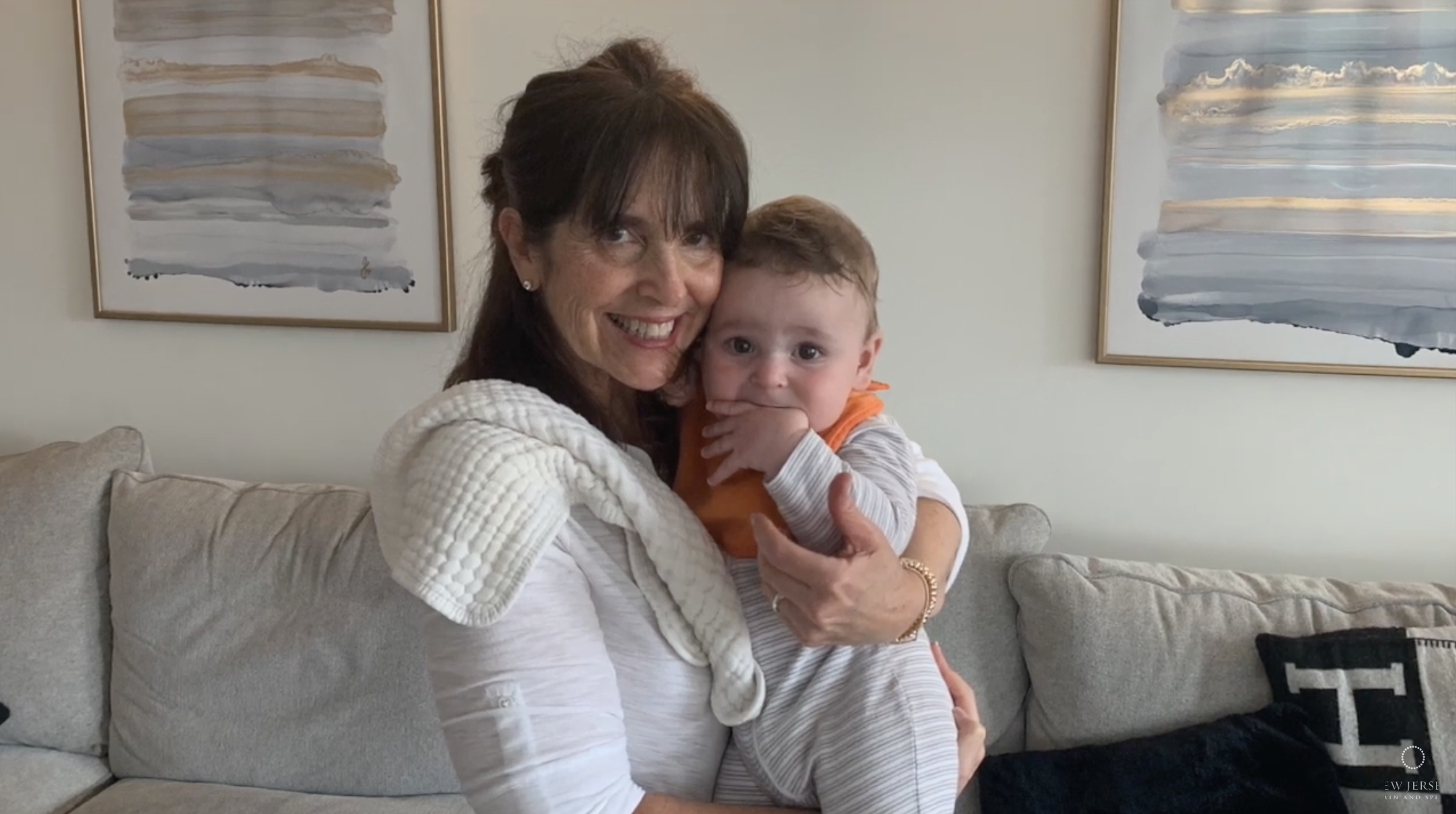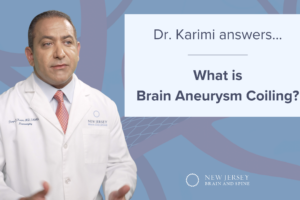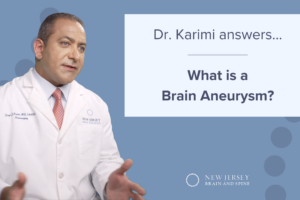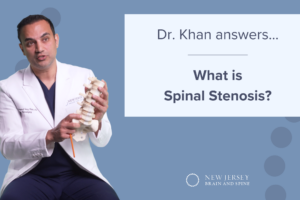
This video highlights the story of Sandy Deck, who was diagnosed with Parkinson’s disease and struggled with the symptoms until her doctor suggested deep brain stimulation (DBS) as a possible solution. The procedure involves surgically placing electrodes in the brain, connecting them to a stimulator implanted in the chest, and programming the stimulator to send electric impulses to the site. Dr. Azmi is a functional neurosurgeon who implants the hardware and Dr. Clar, a neurologist, programs the stimulator to the appropriate settings. Despite her initial reluctance, Sandy went through with the procedure and saw a dramatic improvement in her symptoms.
“I couldn’t believe that only 12 hours later, she was running after her puppies and she no longer had her tremors.”
Learn more about Sandy’s Parkinson’s story
Transcript
Sandy is a very vivacious, outgoing, charismatic woman who has really lived a very full, wonderful, exciting life.
But it wasn’t that long ago that the quality of Sandy’s life was dramatically diminished. In 2010, she was diagnosed with Parkinson’s disease. For 10 years, Sandy was able to manage her symptoms thanks to her healthy lifestyle, but then the disease caught up with her.
“I just, you know, tried my best until I realized that I can’t do it anymore,” says Sandy. “I saw a pretty rapid decline over the course of two years. I was reluctant to walk by myself outdoors. I was always holding onto my husband for dear life. You start to feel that you don’t want to go out anymore. Just day by day it gets worse and worse.”
Certain drugs help many Parkinson’s patients, but Sandy couldn’t tolerate them. So her doctor suggested another option, a procedure known as deep brain stimulation (or DBS). There are three steps to the procedure:
- First electrodes are surgically placed in the patient’s brain.
- Then the wires are connected to a stimulator that’s implanted in the chest.
- Finally, at an office visit, the stimulator is turned on and programmed to send gentle electric impulses to the site.
This electricity that goes into this particular part of the brain can disrupt the abnormal signaling that results in tremor, for example, or other conditions or symptoms of Parkinson’s disease.
As a rule, DBS is only used with patients who respond well to medication. But patients with severe tremor like Sandy can also benefit.
Even though sometimes tremor doesn’t respond to medication, it responds very well to stimulation. So as, uh, Sandy was very, very tremor dominant, we knew we would be able to, um, improve her quality of life. With the surgery
“By February, the tremors were getting worse and worse, and I knew I had to do something about it.”
We felt so strongly that this was her only option.
Despite its benefits, the prospect of D B S can be unsettling.
Every night I would go to sleep thinking of a knife going into my head. It was very scary.
Sandy was reluctant, but was ultimately persuaded by someone she hadn’t even met.
She had a grandchild on the way, and her tremors at that point were so disruptive, so disabling. I mean, she couldn’t hold utensils, let alone the idea of holding her grandchild. And she wanted to do that more than anything in the world. That’s what really made me do the surgery. I said, I won’t be able to hold him or her until I fix this.
It was a difficult decision, made easier by the constant support Sandy received.
I asked Dr. Clar to come to surgery with me that day, and she was there. She showed up. I was calmer just knowing that she was there with me. Dr. Azmi is just the kindest soul. He holds your hand during surgery. He’s so comforting. He’s just a wonderful, wonderful person
Working as a team, Dr. Azmi and Dr. Clar have different responsibilities for each part of the DBS procedure.
Dr. Azmi is a functional neurosurgeon who implants the hardware, and I am a neurologist who turns that hardware on and ultimately programs it to the appropriate settings for the individual.
So two weeks after Dr. Azmi positioned the electrodes in Sandy’s brain, she visited Dr. Clar to have the stimulator activated.
That first appointment was nail-biting because there was a lot of anxiety. They said, you know, you have to let this take time because even after somebody gets surgery and even after their battery gets turned on and the stimulation starts you don’t have immediate improvement or immediate benefits necessarily. So I was completely floored when that night, her daughter had texted me and sent me this video of what she looked like walking at home,
Which was not how she looked like walking out of the office. So she looked better.
Wow. Put out your hand. No shaking over here. Woo.
And so her daughter texted me in this video.
That’s incredible.
And I just started crying. I mean, I couldn’t believe that only 12 hours later, but she was running after her puppies and she no longer had her tremors.
Strut your stuff. And I just, right in this room, I started parading back and forth and it was, wow, this really worked. And right away I sent it to Dr. Clar and Dr. Azmi. I said, look, it’s a new me.
As soon as we turn the device on, the tremor goes away. And it’s really a magical moment for us as well.
You sort of go, you know, this is why I do what I do.
When someone that was unable to do simple things, brush their teeth, or Lord have a cup of coffee because of these tremors, all of a sudden it’s a different world for them. All of a sudden they have control over their hands. And to be able to be part of a team that brought the, that patient, that, that ability, I think is extremely gratifying.
We’re a year out more. And she’s still not taking any medication and she’s still living her best life. So it’s great.
So many people live with Parkinson’s and live well with Parkinson’s,
And it was a miracle. The surgery gave me my life back.


